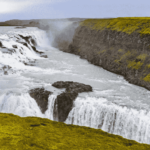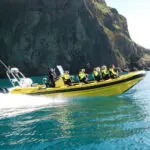Like most people who celebrate Christmas, the list of things needing to be done before Christmas is long in Iceland. Most Icelandic Christmas customs are also found in Scandinavia, Germany, and other Northern European countries. However, we have one thing that is purely Icelandic, and that is the laufabrauð. It translates as leaf bread and is a traditional Icelandic deep-fried patterned Christmas wafer.
We have told you how to make laufabrauð before – and if you haven’t read the blog post, we recommend you check it out.
Although the oldest written source on laufabrauð is from the 18th century, it is believed the wafer has been a part of the Icelandic food tradition for much longer. Wheat is not grown in Iceland, so for centuries, it was a luxury most people could not afford. Thus, laufabrauð and dried fish were what Icelanders ate instead of it.
Christmas Eve is the Main Day
The Christmas celebration lasts a fairly long time in Iceland. The fourth Sunday before Christmas Eve is when the Yule Season officially starts. It doesn’t end until January 6, the Thirteenth day of Christmas.
Icelanders celebrate Christmas on December 24, which begins at 6 o’clock in the evening when the Church bells ring. Some people attend mass at 6 o’clock, while others listen to the church bells on the radio. The Icelandic National Broadcasting Service is silent for 10 minutes before the bells ring. There are a few days of the year when people listen to the radio. It has been said that you will never get more people to listen to silence on the radio as before the church bells ring.
The thirteen Yule Lads come one by one from the night of December 12 until Christmas Eve. Then they will leave one by one, and Christmas ends when the last Yule Lad leaves for the mountains.
It is customary to decorate the Christmas tree on December 23, although people have begun decorating it earlier in December.
The Advent Period
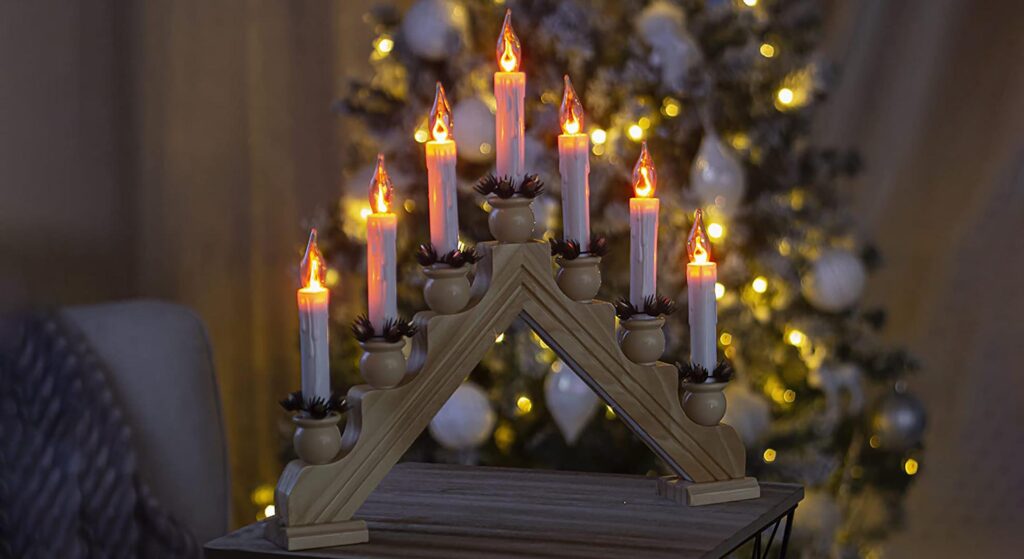
Advent is a season of the liturgical year observed in most Christian denominations as a time of expectant waiting and preparation for both the celebration of the Nativity of Christ at Christmas and the return of Christ at the Second Coming. Advent is the beginning of the liturgical year in Western Christianity and is part of the wider Christmas and holiday season.
If you are in Iceland around Christmas time, you will undoubtedly see so-called Advent lights in the windows of many people. The light is a seven-light lamp, and judging by the spread, you would be excused for thinking it must be a centuries-old tradition. It is not so; the lights were imported from Sweden to Iceland in 1964.
An Icelandic businessman was shopping in Stockholm and came across the lamp. He decided to give family members lamps like that for Christmas. They were so happy with it that he saw a business opportunity and began importing the lights. And judging by how many people put the lights in their windows before Christmas, you can clearly see how successful that business adventure was.
The Advent Wreath
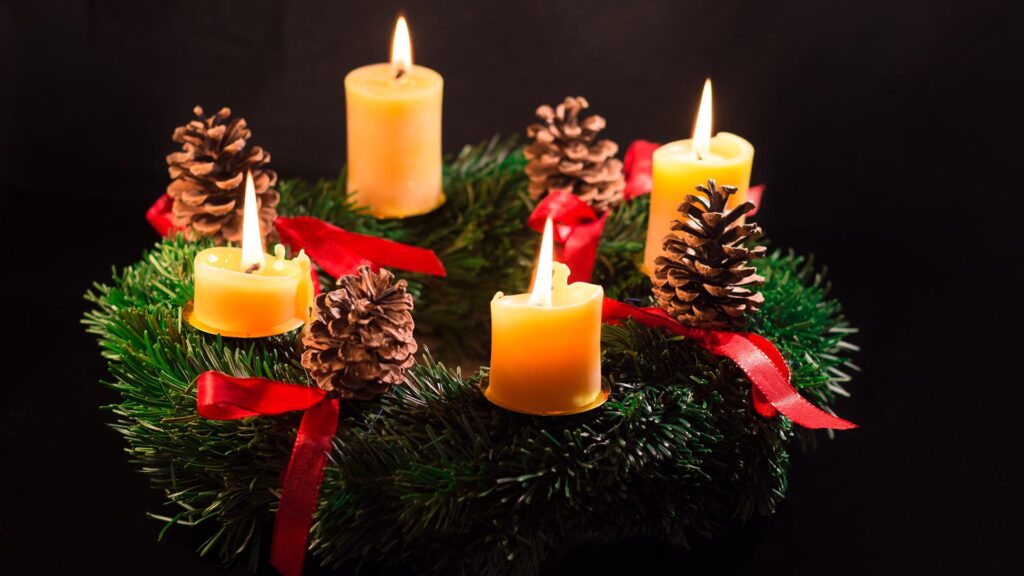
Another Advent tradition in Iceland is to have an Advent wreath, which traditionally is circular with four candles. The first day of Advent is the fourth Sunday before Christmas, and people light the candles one at a time each Sunday before Christmas. The wreaths are often richly decorated. Sometimes though, with growing interest in minimalism, it isn’t even a wreath, just four candles with decorations around them.
The advent wreath is relatively new in Iceland and abroad. Its origin can be traced back to Northern Germany in the first half of the 19th century. Around the turn of the 20th century, their popularity reached south Denmark. It wasn’t until the occupation years 1940-1945 that the wreath became common throughout Denmark. The wreath first came to Iceland around 1930 with people who had gotten to know them in Germany and Denmark. Still, it didn’t become common until after WWII.
Christmas Presents
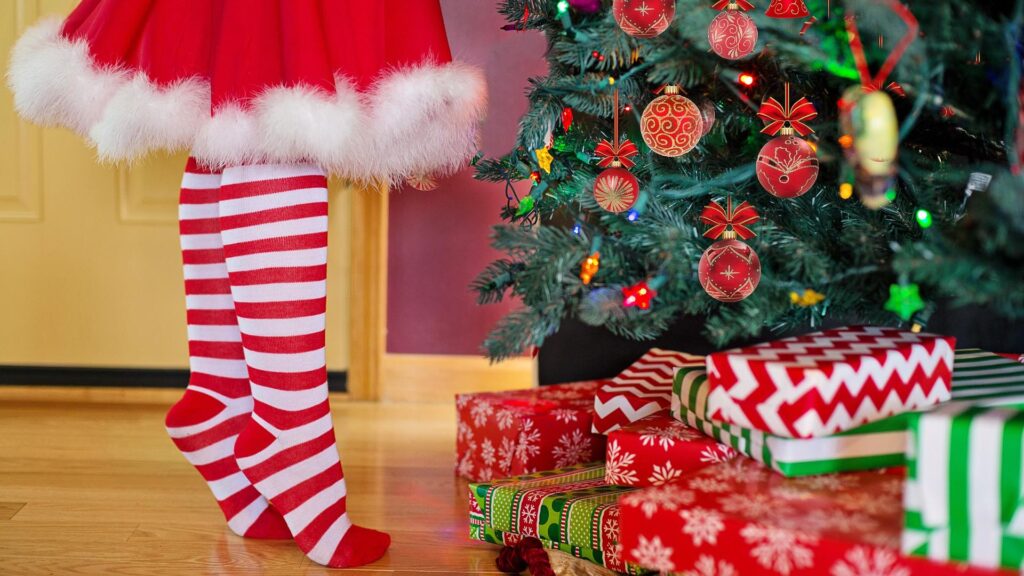
Today, for many, Christmas presents are one of the most essential things the Christmas season offers.
In Iceland, like other countries that celebrate Christmas, stores get filled with people before Christmas to buy presents. However, gift-giving during Christmas wasn’t expected until the 19th century. Giving a gift on the First Day of Summer has a much longer tradition, and the oldest records of such gifts date back to the 16th century. Summer gifts are still a thing, but it is primarily parents giving their children a summer type of toy – a ball, jumping rope, chalk, or the like.
Despite gift-giving becoming a common tradition in the 19th century, it should be noted that the nobility and wealthy have traditionally given gifts during Christmas for centuries. Both in Iceland and abroad. It was also usual for workers and others who lived in the house to get one new garment and a pair of sheepskin shoes from their master at Christmas. Those gifts were not seen as true Christmas gifts but rather as a reward for a well-done job. The Christmas season included a lot of hard work as all tasks had to be completed before the festive season began.
Getting Candles at Christmas
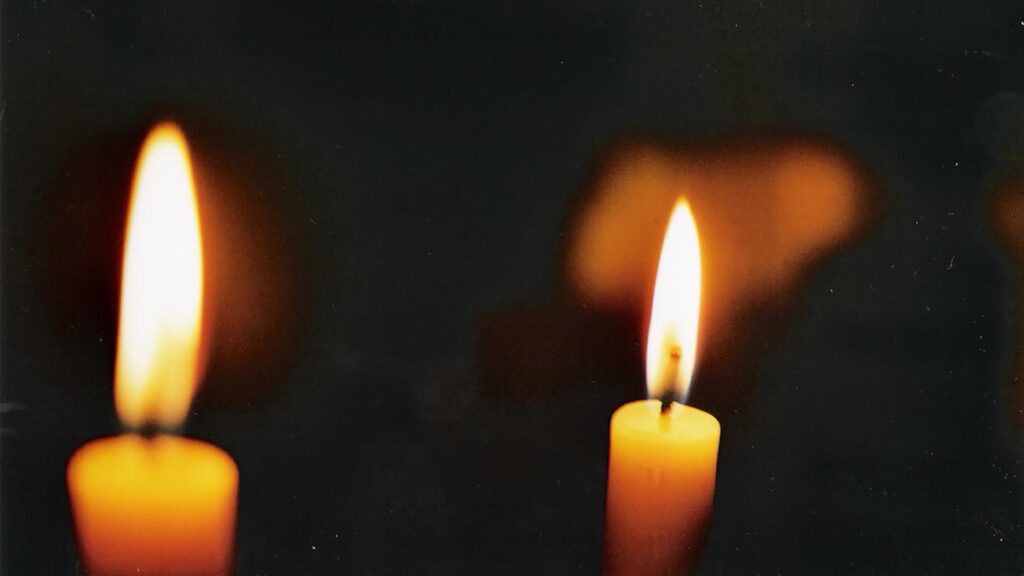
Possibly the first indication of actual Christmas presents in Iceland was when it became customary to give children, and sometimes others, candles in the early 19th century. One of the jobs that needed to be done before Christmas was to make tallow candles. Those kinds of candles were expensive, so children were thrilled when they were given one. Candlelight was much brighter than the light of the oil lamps people used daily. So it is easy to imagine the festive atmosphere at Christmas when everyone lit their candles.
Christmas Cleaning
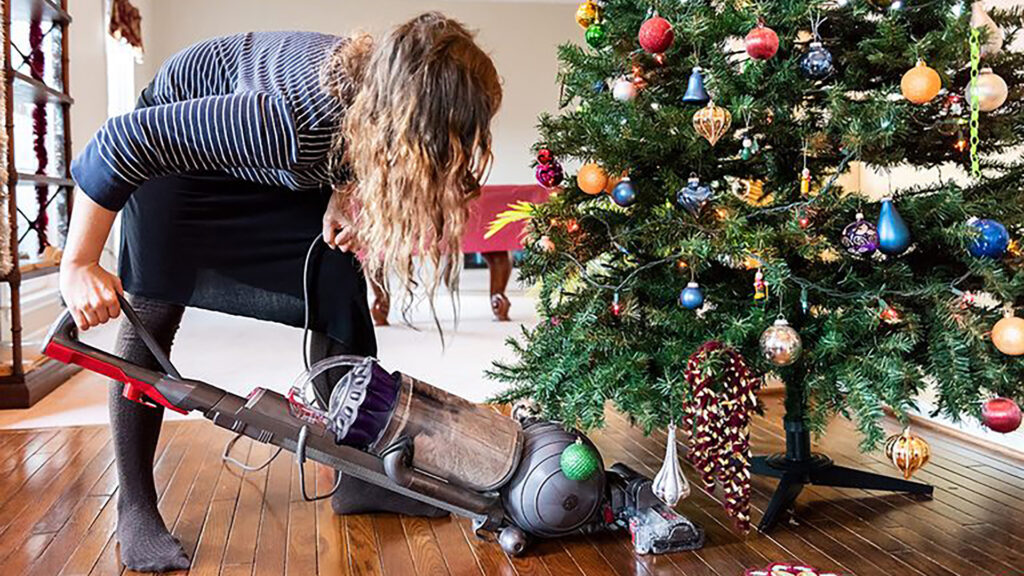
Most people clean their houses and apartments before Christmas. It, of course, differs in how thoroughly people clean. Some deep-clean, while others are content with changing the beds and washing the floors. Whatever people think is appropriate, most agree that the house should be nice and clean during Christmas. And then, when everything is clean, it is essential to take a Christmas bath on Christmas Eve day; that way, you are clean when you put on your best Christmas clothes.
It is a fairly old tradition to clean everything high and low, including people, before Christmas. Of course, Iceland had no running water, cleaning supplies, or electricity just over a century ago. Hence, people had to wash bedding and clothes by hand. That was done a few days before Christmas. Unfortunately, some people had no other clothes to wear, so they had to wait in bed while everything was washed and dried. Then the houses were washed high and low.
Christmas Greetings and Cards
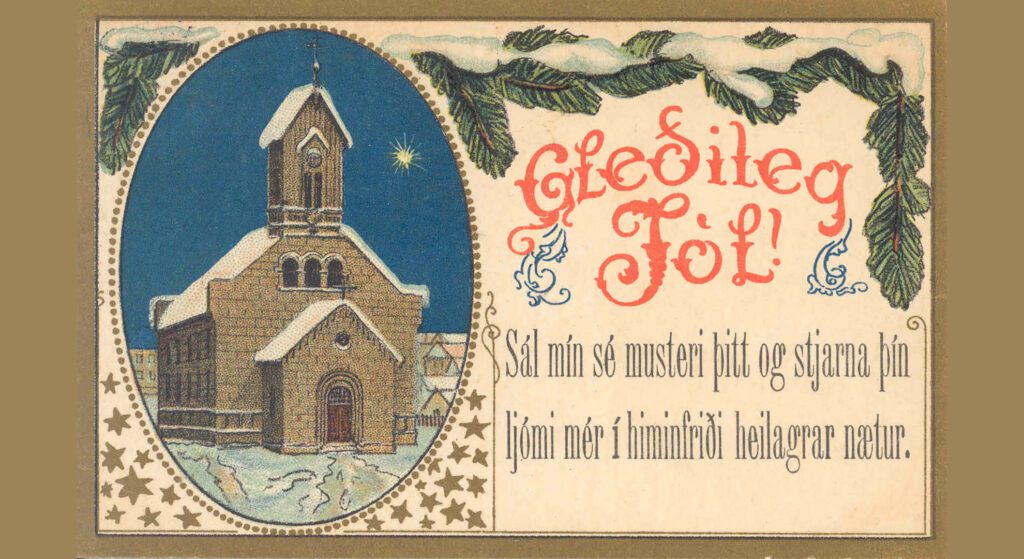
Many people consider sending Christmas cards an essential part of the Christmas preparations. The custom is slowly dying down, though, and more and more people send their greetings electronically.
The Icelandic National Broadcasting Service has since 1932 broadcasted Christmas and New Year’s greetings. Initially, they were intended for those far from home, fishermen, for example, or others who couldn’t be with their families at Christmas. Through the years, they have become a stable of the Icelandic Christmas tradition. On December 23, nothing but Christmas greetings and news are broadcasted.
The Oldest Christmas Greeting
The oldest records of a Christmas greeting in Iceland can be found in a letter from 1667, written by Bishop Brynjólfur Sveinsson (the man on the 1000ISK bill). It says: “With wished for a merry Christmas, a successful New Year, and all good times in the name of Our Lord, Amen.”
The first Christmas card was issued in England in 1843, three years after the invention of the postage stamp. However, it wasn’t until around the 1890s that the first Christmas cards came to Iceland. They were mainly from Denmark and Germany, but at the turn of the 20th century, the first Icelandic Christmas cards went on the market. Sending out Christmas cards quickly became a common tradition.
The 13 Yule Lads
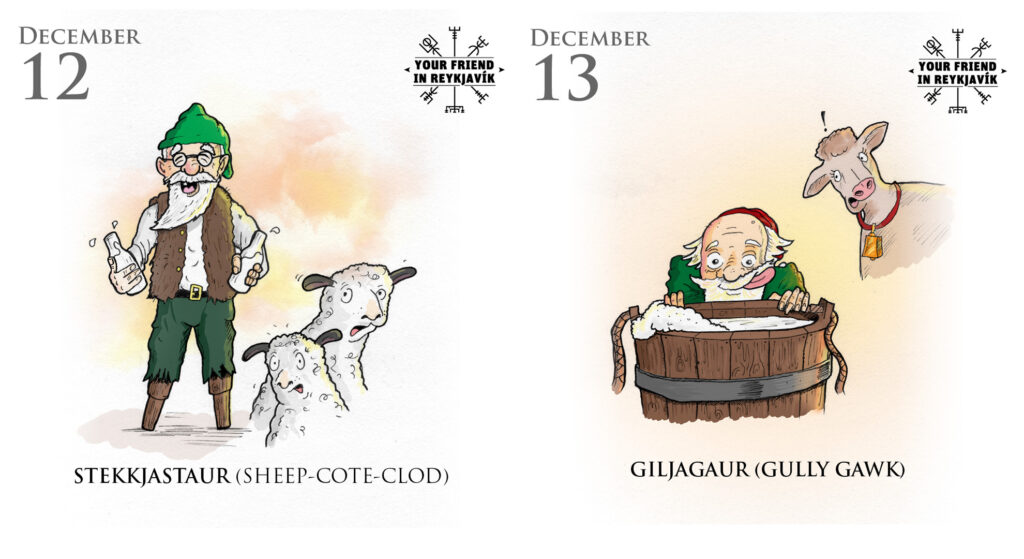
The 13 Icelandic Santa Clauses or Yule Lads do not have much in common with the red-clad American Santa Claus. His origin can be traced back to Saint Nicolas, the protector of children and the guardian of the sea. However, the Yule Lads are trolls and were originally somewhat child phobic. Their parents are some of the worst villains of Icelandic folklore; Grýla and Leppalúði. Then there is their formidable housecat, the Yule Cat.
We’ve already told you about this family in another blog post; read about the 13 Santas and a Christmas Cat.
The Yule Lads Scared Children
Today, the Yule Lads are primarily kind, maybe a bit teasing but nothing like they were in the olden days. You didn’t want to meet the lads, and they were used to scare children into obedience. They were, in fact, so scary that in a Discipline Ordinance from 1746, it was stated that it was forbidden to frighten children with monsters such as the Yule Lads.
We don’t know if it was because of the Ordinance, but the Yule Lads slowly but surely changed their ways even if they are still considered brazen thieves. They are at least not a danger to the lives of children, unlike their parents and housecat.
As the 20th century progressed, the Yule Lads became more like their foreign counterparts in Britain and the US. They began to dress in red and white clothes and started leaving small gifts in shoes children left on their windowsill.
The Shoe in the Window
On the night of December 12, it is customary for Icelandic children to place a shoe in their window because it is the night the first of 13 Yule lads come to town. Each night a new Yule Lad comes to town and gives the children a small gift. However, like in the US, children must behave to get something. If they don’t, they will get a potato.
Just like the 7-light advent lamp, the custom of putting a show out in the window is not very old. The first people to take up this custom were the families of Icelandic sailors who had gotten to know the tradition in the Netherlands around 1930. There it was customary for children to put a shoe out in the window on the night of December 6, St. Nicolas’ day. It wasn’t until the middle of the 20th century that the custom spread around the country.
Christmas Food
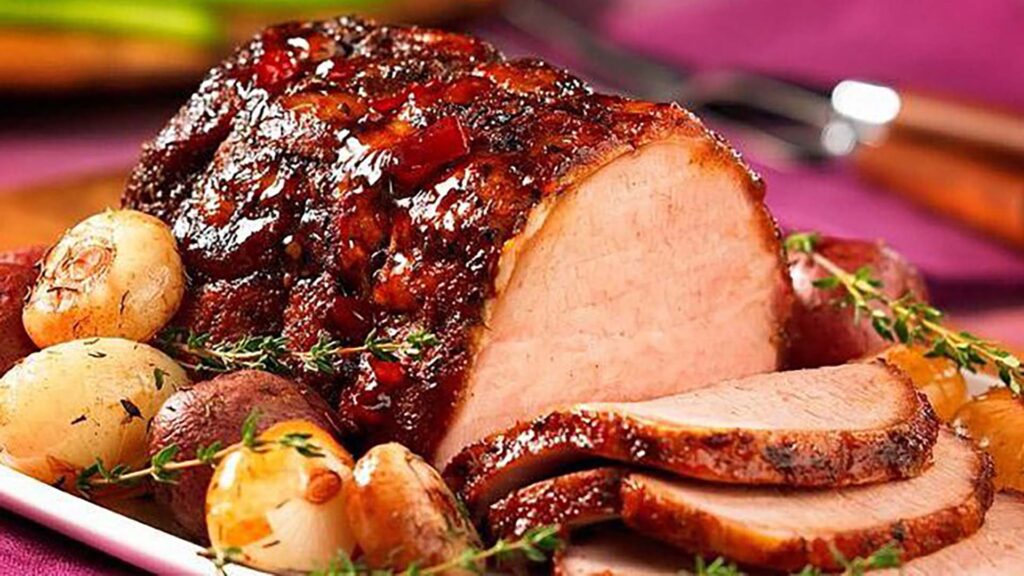
Christmas time has long been a great food festival where people gorge themselves on good food. Now it is not only during the holiest days but also during advent, as Christmas buffets have become very popular.
Besides the Christmas food, it is also popular to bake many types of Christmas cookies. Most of the traditional Christmas cookie recipes used in Iceland come from Denmark. Still, in later years, licorice meringue bites have become one of the most popular kinds. Maybe not that unusual, judging by Icelanders love for licorice.
Malt and appelsín
The most common non-alcoholic drink you will find on the Christmas dinner table is malt and appelsín blended together. Malt is an ale brewed from malt. Today it is alcohol-free, but it used to be slightly alcoholic. Appelsín is an Icelandic orange soda.
People began blending malt with other sodas in the beginning of the 1940s. Malt was a fairly expensive drink; blending it with other drinks could make it last longer. Appelsín did not exist then, at least not as we know it today. When the Egils Ölgerð started manufacturing appelsín in 1955, people quickly started mixing it with malt. People understandably liked this very much because it became a common practice five years later.
Today, before Christmas and Easter, you can buy the two drinks premixed in a can or Jólaöl / Páskaöl (Christmas ale and Easter ale), which is hvítöld (white ale) mixed with appelsín.
Hvítöl is a dark top-fermented low-alcohol ale of Danish origin. It has an alcohol content below 2.5% and is made by mashing the malt at a very high temperature (76-78°C). It creates a lot of non-fermentable sugars that remain sweet in the ale when fermentation is complete but at the same time, little fermentable sugars that the yeast can convert into alcohol. The name is derived from the fact that the ale was made with “white malt, ” which was dried just before the white sprouts in the barley seeds turned green. It is known in Denmark since the 15th century.
You can also buy it all separately and mix it yourself. The ratio of malt or hvítöl and appelsín varies from person to person and can turn into a heated discussion. People also have strong opinions on whether appelsín or malt should go in first.
At Þorláksmessa, we eat fermented fish
As mentioned before, laufabrauð is an important Icelandic Christmas tradition and possibly the only one that can be said to be purely Icelandic. But there is another thing Icelanders do as well: eating fermented skate on December 23. The day is called Þorláksmessa, or the Mass of St. Thorlak, and it’s a day where Iceland’s only patron saint Þorlákur is honored.
Of course, Þorláksmessa is a relic from when Iceland was a catholic country. As such, it was the last day of lent, meaning people abstained from meat and only ate fish. The custom of eating fermented skate is not an old one, like many other Christmas traditions. The custom comes from the Westfjords and spread through Iceland in the mid-20th century.
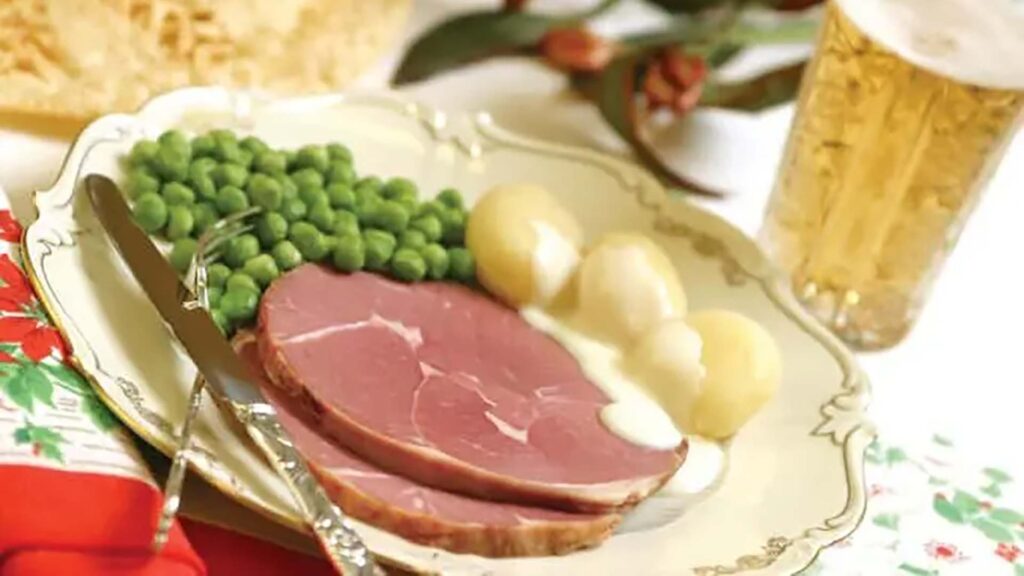
The Best Food Was Eaten At Christmas
Some sources, dating back to the settlement era, state that it was important for people to eat new meat during Christmas. This tradition was kept, and it was a custom for farmers to slaughter one sheep for the festival season so people could eat fresh meat. This, of course, depended on the overall financial status of the farmer, and not everyone had room for slaughter. In those instances, the next best option was chosen, and that’s smoked lamb meat or hangikjöt. Hangikjöt is still very popular to eat during Christmas. Not on Christmas eve, though, which is the main holiday in Iceland, as in other Northern European countries.
For the longest time, Christmas was the only time people could get oranges and apples in stores in Iceland. And it is still a tradition to buy a crate of mandarins to eat in December.
Another Icelandic Christmas food you might not find in other places at that time is ptarmigan. For many, that is the food you must have on Christmas eve, but glazed ham is probably the most popular dish you will find on the Christmas dinner table. Other foods people eat are turkey, duck, and lamb.
As a side note, hangikjöt is also eaten during the midwinter festival þorrablót, and you can try it on our Reykjavik Food Lovers Tour.
Rice pudding and The Almond Gift
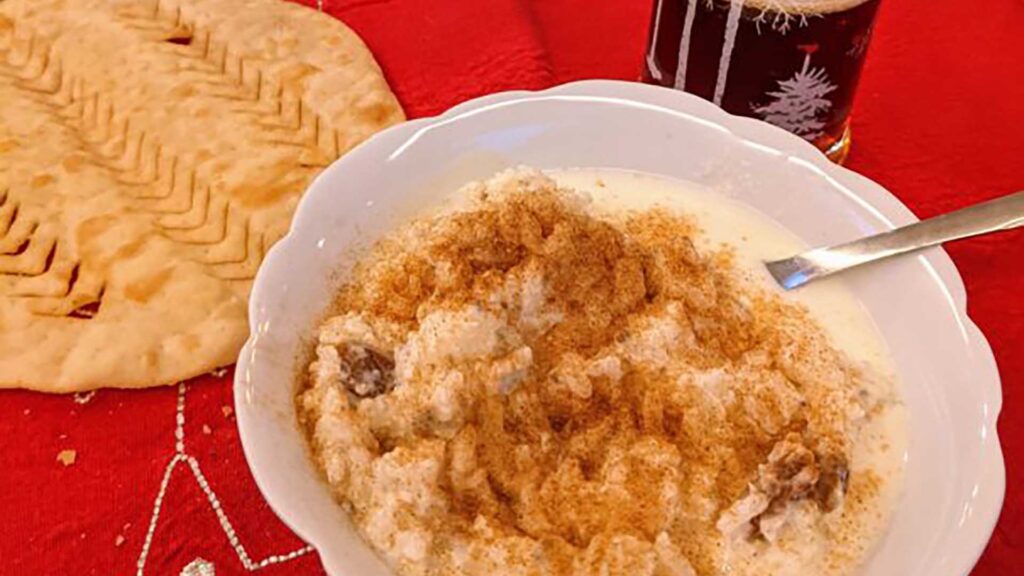
One of the traditional Icelandic Christmas foods of Iceland is the so-called Almond Porridge. It is a simple rice pudding, but we put one almond in it at the end according to Christmas tradition. The one who is lucky enough to get it gets a gift from the Yule Lads.
Rice pudding is known all around the world. Still, the custom of eating it over Christmas with a whole almond comes from Scandinavia. In Sweden and Finland, getting the almond means good luck the following year. In Denmark, Iceland, Norway, and the Faroe Islands, the one who gets the almond receives a gift from the Yule Lad or Nisse.
Check out our blog on how to make almond porridge here.
The Ris Al Amande is a fancier version of the pudding, where you add whipped cream, white chocolate, almonds and vanilla and eat it with cherry sauce.
Christmas Walking Tour
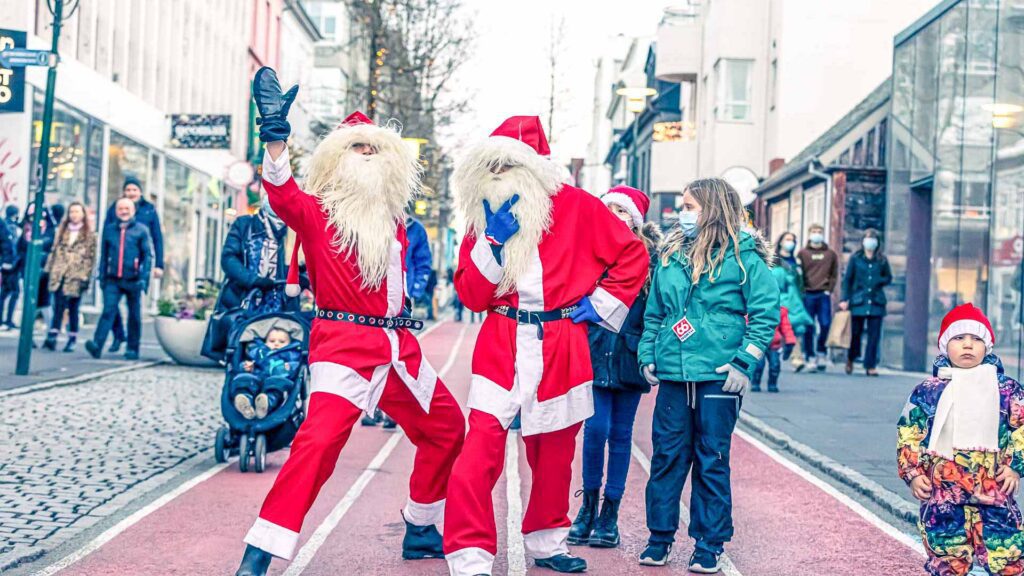
If you will be in Reykjavik in December, we recommend you check out our Christmas Walking Tour. Join Your Friend in Reykjavik for a walking tour through the festive streets of Reykjavik. We will explore Icelandic Christmas traditions and discover characters from Icelandic winter folklore.
You will learn about the ferocious Christmas Cat, the 13 Yule Lads, and their parents, Grýla and Leppalúði. The guide will ensure the tour’s content is appropriate for the group in attendance.
You will also get to sample delicious food and drink Icelanders consider Christmassy.
However, if you will not be in Reykjavik for the tour, we recommend you check out the Christmas in Iceland Online Walking Tour of Reykjavik we have scheduled on December 10 at 15:00-16:30 GMT. Check out the linked Facebook event for further information!
Please signup HERE for our newsletter for more fun facts and information about Iceland!



